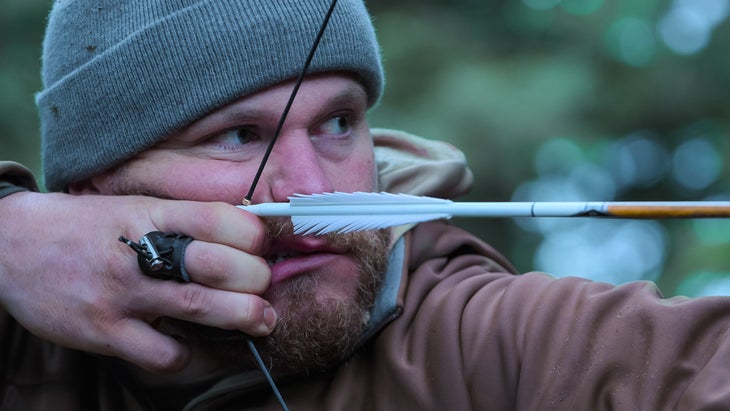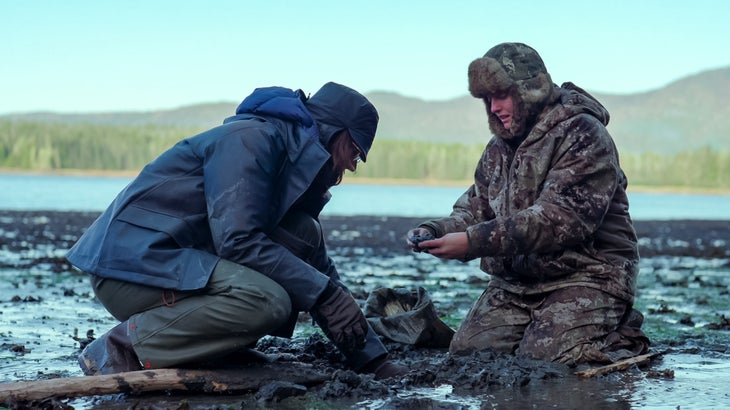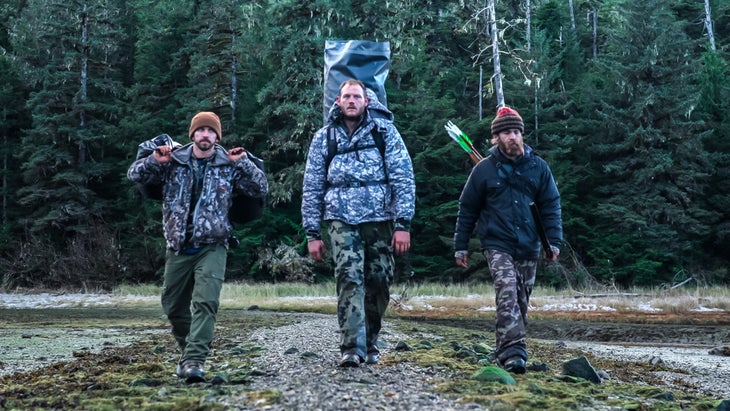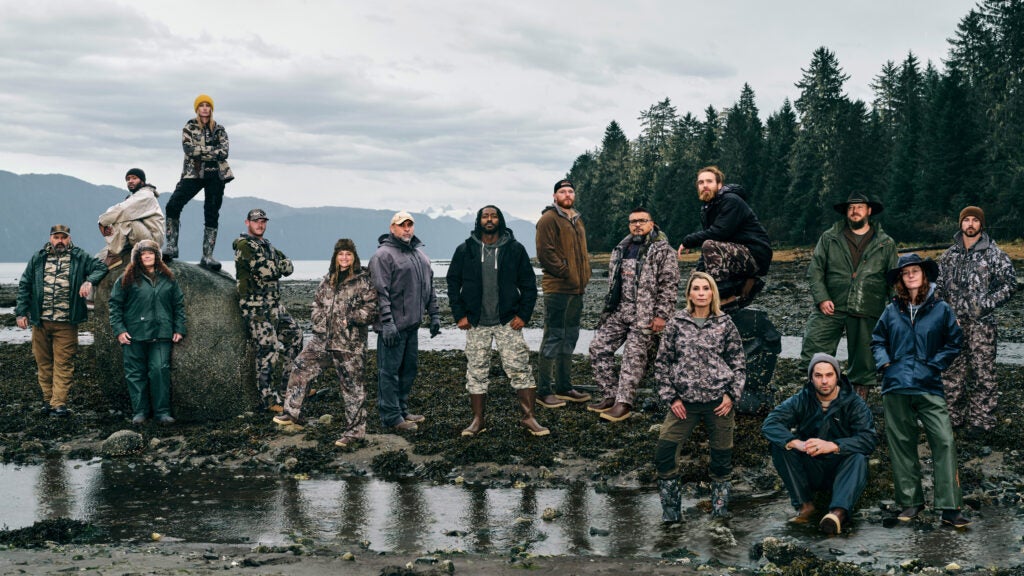No products in the cart.
Outdoor Adventure
Season Two of Netflix’s Survival Show ‘Outlast’ Is Must-See TV
Don’t miss a moment of the 2024 Tour de France! Get recaps, insights, and exclusive takes with Velo’s daily newsletter.
Sign up today!.
Do you believe in second chances?
When it comes to TV shows, I generally do not. I quit Lost midway through its baffling sixth season, and flicked off Weeds when it jumped the shark in year four. Life is too short to watch bad entertainment.
So, when the communications department at Netflix asked if I’d watch advanced screeners for the second season of its survival-reality show Outlast, my initial reaction was “hard pass.” A year ago, I eagerly streamed Outlast’s inaugural season, excited to learn whether the program’s unique format—survivalists band together in teams rather than go it alone—would create a more enthralling watch than Alone or Naked and Afraid.
I was mortified when season one of Outlast devolved into a mean-spirited blend of Lord of the Flies and The Hunger Games. The survivalists waged warfare on each other, raiding each others’ makeshift shelters, taunting each other, and screwing each other over whenever the opportunity arose. They contestants who received the most airtime were also the most sinister and caustic. By the final episode, I wondered if there would be a human sacrifice. Watching it was like eating week-old pizza—unhealthy and guaranteed to make you sick.

Blame boredom or morbid curiosity—for whatever reason I said yes to Outlast’s second season and binge watched all eight episodes over the course of three evenings. I’m happy to report that my brain and digestive track are fine. Yep, somehow, someway, Outlast righted the ship in its second outing.
Spoilers Ahead
Season two opens in similar fashion: 16 survivalists are dropped in the remote Alaska wilderness, and one by one they tell the camera how badly they need the $1 million prize purse. Suddenly, a helicopter flies overhead and drops them the rules of the game.
They must split into teams of four, head in opposite directions to their respective campsites, and use the handful of survival tools to build shelter and catch food. Participants can change teams, but they cannot go solo. Anyone can tap out by simply shooting a pink flare into the sky. Whichever team survives the longest splits the cash.
After the truly cringe-worthy scene of choosing the teams (skip it), the opening episode immediately reveals a tonal difference from season one. A contestant named Bayo sneaks into a different team’s campsite and steals their pots and pans. “I’m confiscating these,” Bayo tells the bewildered victims. Aggressive activity like this was pretty standard in Outlast’s opening season.

But then something unexpected occurs: Bayo’s teammates return the pilfered gear. Then, they huddle up and vote Bayo out of the game. “I don’t believe you’re going to act in the best interest of the team,” a contestant named Tonia tells him. Bayo appears dumbstruck by the decision as he fires his flare.
The series of events telegraphs the new philosophy of Outlast in its second edition. Human beings aren’t the antagonists—that role is squarely occupied by Mother Nature.
This battle, which is familiar to seasoned fans of survival TV, creates the central tension of season two. Teams thrive and flail amid the damp and frigid Alaskan autumn. Some find food while others go hungry. Some build fire, others freeze. Yes, this is a team competition, so contestants bicker, argue, and struggle to navigate personality conflicts. And a few contestants change teams midway through the game.
But by and large, everyone is chill. And at some point, a viewer can relate to each participant’s personal struggle.
Of course this is survival TV, so as the season goes along contestants flare out due to hunger, sickness, or injuries. But nobody stabs anybody else in the back—figuratively or literally. I felt myself drawn in by what Outlast can teach viewers about group survival: the delineation of labor, the importance or rest, and the power of positivity.

I recently interviewed Mike Odair, Outlast’ showrunner, and asked how the production team toned things down. Did they enact a new rule forbidding violence or threats of violence? Nope—Odair said producers changed very little from season one. Odair said the casting department sought out a more diverse group from last year: more women, people of color, and participants of varying age. But otherwise, the show was the same.
Instead, Odair said the survivalists established the tone, irregardless of the production team.
“We didn’t go into season two thinking ‘how can we correct this?’” Odair said. “I think the luxury given to any second-season cast is that they’re going to see what their predecessors did.”
Odair added: “I think in season two people just decided how they wanted to play the game differently.” I’m glad they did.
I won’t spoil the finale. But I will assure you that, much like Alone, after watching season two of Outlast you may feel compelled to forage for mushrooms or build a lean-to in your backyard. You may learn something about the human condition, and the inherent challenges posed by teamwork. But you won’t want to puke.
Source link

